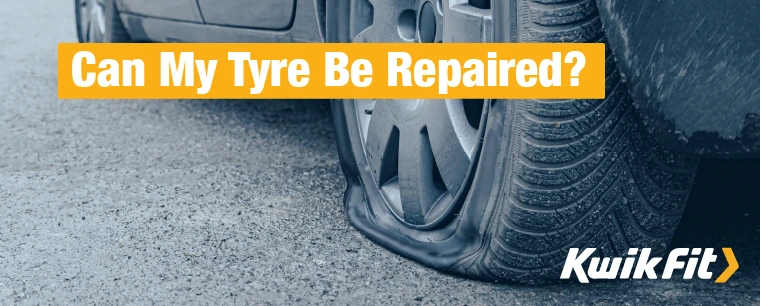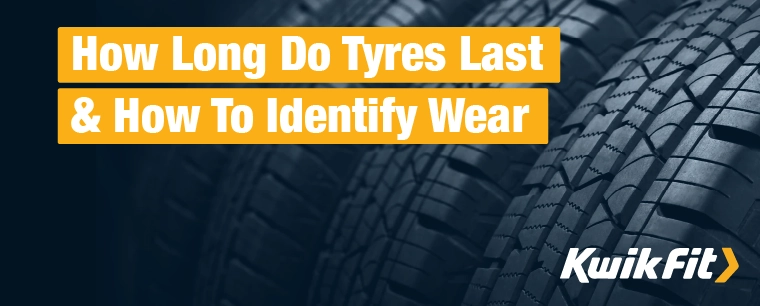Wet Weather Driving Tips Ė Staying Safe in the Rain
Jack Dreyer | Thursday 27th October 2022 8:00am
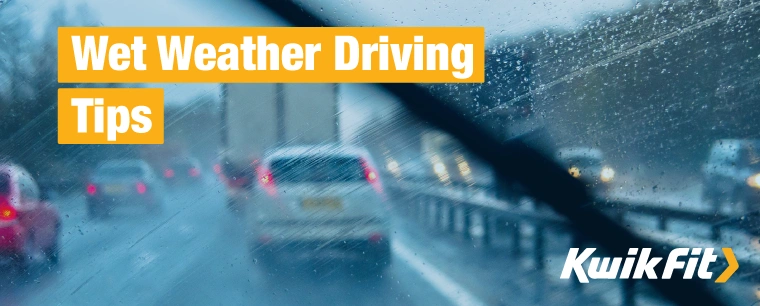
If youíre planning a drive and it has started raining, be careful before setting off. Rain can make driving more hazardous for a number of reasons: reduced grip can make stopping distances longer, and youíre at an increased risk of aquaplaning in emergencies or at speed. Here are some tips to help you get where youíre going safely.
What to Do Before Setting Off
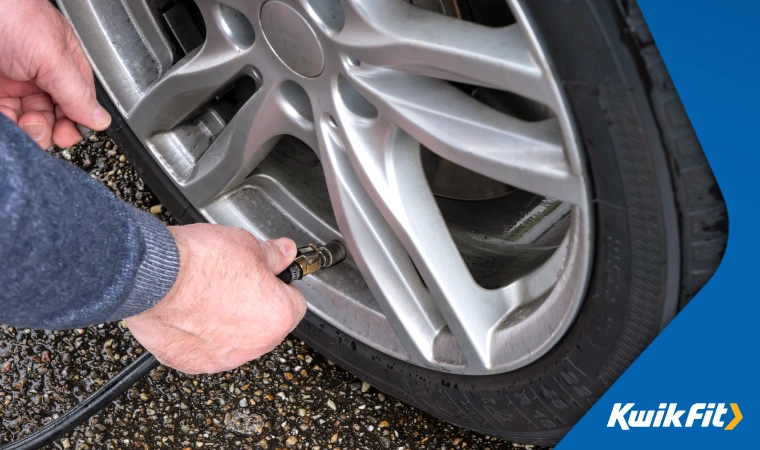
Before any drive, itís important to check some things Ė but itís especially so before driving in heavy rain, snow, or ice.
Consider whether your journeyís necessary
Depending on the time of year that itís raining, itís worth really considering whether you absolutely need to leave right now. Check the weather forecast and try to establish whether waiting for a little time will allow the weather to clear up. Itís amazing how quickly showers (even heavy ones) move on sometimes!
But if your journeyís essential, be sure to complete some checks before heading out.
Check your wipers & screen wash
Your wipers might seem like insignificant parts of your car, but itís actually a legal requirement to ensure that your front and back windscreens are kept clear at all times.
Something as simple as mud kicked up from the road can significantly reduce visibility and put you in a dangerous situation. So be sure to check that the windscreen wipers work on all settings and that your screen wash is topped up.
Check your fuel
With wetter weather comes more traffic as people slow down for safety. Driving in lower gears is safer but also dramatically increases fuel consumption Ė be sure to check your fuel gauge when you start your car in case you need to make a pit stop to fill up.
Listen out for traffic updates
These days, navigation tools like Google Maps will often feature real time updates for congestion and accidents. Itís nevertheless worth keeping an ear out for announcements on local radio stations a little before heading off and while driving Ė if you can bear the music, that is.
Keep your phone charger in your car
Getting stuck in traffic (or worse), in bad weather, with a dead phone is a rain on any parade. Be sure to keep a spare phone charger in your car, and even a spare portable power bank for good measure! Itís crucial to be able to call for help, or even just to alert friends that youíll be late to a planned event.
Check your tyres
Itís really important to check your tyres before driving in wet weather. The tread depth of your tyres is directly responsible for channelling water away from your tyres and keeping you firmly in contact with the road. Hereís a full guide on checking your tyres before heading off.
Tips for driving in wet weather
So, once youíve established itís necessary to drive and that itís safe to do so, itís worth keeping some crucial tips in mind.
Slow down
The most important thing when driving in rain, ice, or snow is to slow down. Driving at high speeds always increases stopping distances simply because thereís more momentum for your brakes & tyres to slow down. But stopping distances in wet weather can increase almost exponentially. So be sure to really slow down in order to give yourself time to react to hazards.
Visibility Ė turn on your headlights
Be sure to turn on your dipped headlights Ė even in the daytime Ė as visibility is reduced in the rain. That said, donít be tempted to switch on your rear fog lights as this can dazzle drivers behind you and make it more difficult for them to drive safely.
Also look out for spray created by large or fast vehicles: the spray kicked up by a lorry, coupled with the rain already falling, can quickly cover your windshield.
And stop your windows misting up by putting your carís heating on Ė though air con works to dehumidify too!
Look out for puddles
Look out for large puddles of water as driving through these too quickly can not only cause damage to your vehicle but also splash pedestrians or other vehicles. Driving too fast through water can also lead to your tyres losing grip and your vehicle aquaplaning. If you feel yourself going into a skid, ease off the accelerator until you regain control.
After youíve driven through standing water, you should test your brakes to make sure that they are still functioning as they should. You can do this by driving slowly and lightly pressing your brakes taking care to check that there are no other vehicles in close proximity.
Keep your distance
Maintain a safe distance between your vehicle and the vehicle in front. Increased stopping distances mean that a greater distance is required to give you time to react. You should also avoid braking harshly as this can be unsafe on wet roads.
Be careful at junctions
You should also take extra care at junctions as water can build up here as well as vehicle fluids which can cause a major skid risk. Therefore, you should approach junctions at a low speed, remaining aware of everything going on around you Ė you may be driving safely but you need to be aware of others who may not be.
Maintain a good grip on the steering wheel
Heavy rain is often accompanied by strong winds so make sure that you are in control of your vehicle Ė with good grip on the steering wheel. It is best to be prepared for a sudden gust of wind to prevent you being taken by surprise and unable to react quickly enough.
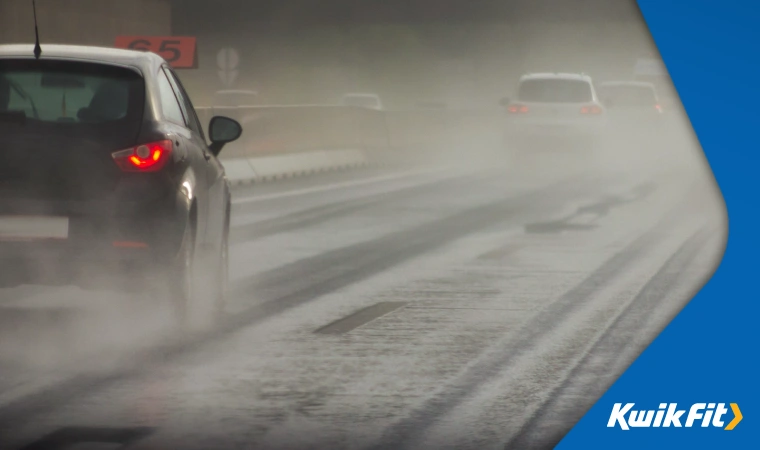
Flooding
An extended period of heavy rain inevitably leads to flooding in some areas. Some roads that are near rivers flood often and these will have markers which indicate how deep the standing water is.
However, in other areas that are less prone to flooding, there wonít be any indicator as to how deep the water is. In this case, if the water looks deep and youíre unsure, itís usually best to see if there is another route you can take. If you do drive through standing water, ensure that you take it slowly as you could cause problems for other road users or damage to your own vehicle. If your engine gets waterlogged, this can lead to engine failure.
Breaking down in the rain
While youíre more likely to break down in hot weather due to overheating components, breaking down in wet weather is altogether less pleasant. Although most elements under a carís bonnet are weather sealed, itís good practice to not leave it open unnecessarily in wet weather.
Need tyres checked?
If you notice that your tyre tread is running a bit thin, get in touch with your local Kwik Fit centre to organise a tyre replacement.
Any facts, figures and prices shown in our blog articles are correct at time of publication.
Featured Articles
Can My Tyre Be Repaired?
Wednesday 22nd November 2023
It can be hard to tell if your puncture can be repaired or not. Read our handy guide to understand if your tyre can be saved or if you need a replacement.
How Long Do Tyres Last & How To Identify Wear
Wednesday 18th October 2023
Driving on old or worn tyres can be dangerous so you need to maintain them properly. Read about how long tyres should last and how to know if your tyres are old.
Wet Weather Driving Tips Ė Staying Safe in the Rain
Thursday 27th October 2022
Driving in the rain isnít only a pain but can be surprisingly hazardous Ė here are our top tips for staying safe in wet & icy weather this winter.

